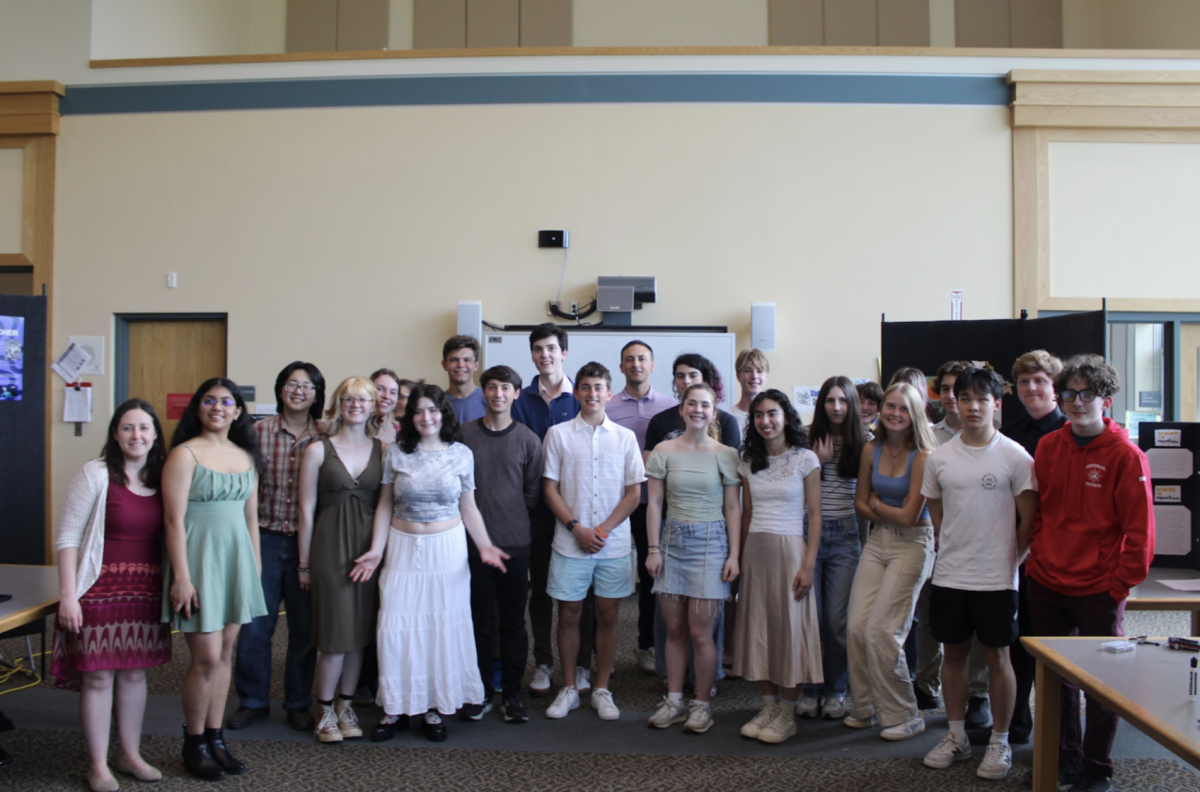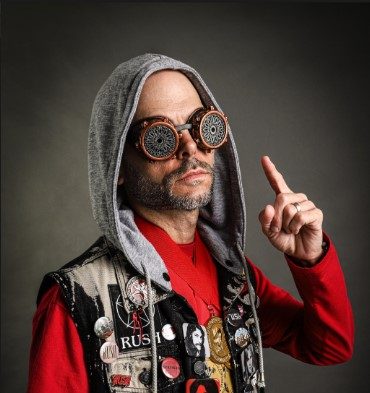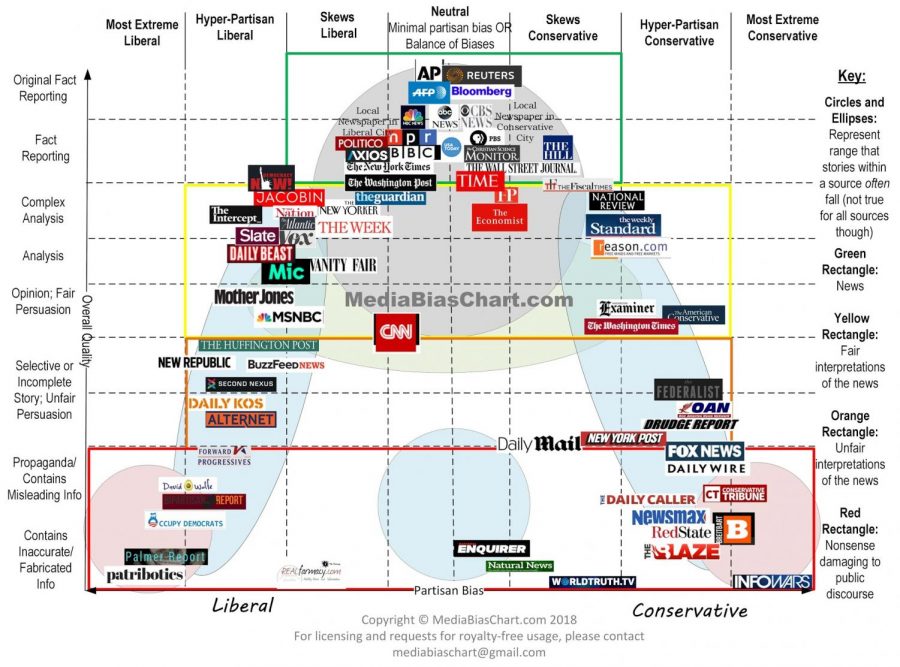The Post-Truth Era
This graphic was created by Vanessa Otero, and classifies many new outlet. Otero used her own personnel experiences, user feedback, and the advice of political scientists to create it. (MediaBiasChart.com)
February 4, 2018
“Fake News.”
Today, one can hear that simple two word phrase thrown around without regard by congressmen, White House officials, and even ordinary citizens (and only sometimes ironically).
The term recently gained popularity after the 2016 election, where many media outlets attacked both major candidates. However, none used the phrase more than current President Donald Trump.
He, during his campaign and presidency, consistently accused media outlets like CNN, NBC, ABC, CBS, The Washington Post, and The New York Times of reporting ‘fake news,’ often on his Twitter platform.
However, the problem runs much deeper than President Trump’s opinions on news reporting. Recently, the country has seen an uptick in what is referred to as “post-truth” politics.
The Oxford Dictionary defines post-truth as something “relating to or denoting circumstances in which objective facts are less influential in shaping public opinion than appeals to emotion and personal belief,” and crowned it as word of the year for 2016.
Other sources have also noticed this defect; in January of 2018, Rand Corporations published 200 plus pages of research on “truth decay.” Rand characterizes truth decay as disagreement over facts and analytical interpretation, the increasing power of opinion over fact, and loss in trust of formerly respectable sources.
News reports today have become extremely biased, usually far left or far right. Due to this bias, news consumers choose to only rely on the media outlet that supports their own personal views.
Therefore, they lose faith in, disregard, and even condemn news outlets whose biases do not align with their own.
Even HHS students notice and acknowledge the problems in the media. Junior Patrick Whamond said that “certain news sites are right-winged biased and some are left-winged biased.”
Today, it’s nearly impossible to find many reliable, unbiased news sources. Most people revert to a source that they agree with. Even Whamond said, “I get CNN updates on my phone…and even CNN is left wing.”
Often, because one relies on only one network or ‘side,’ contempt can brew for the opposition.
One sophomore, who wished to remain anonymous, simply expressed, “Fox [News] is biased, and it sucks.”
The hatred between different news networks, like Fox News and CNN, translates into the political climate of the US. The US is currently extremely divided, and biased news and reporting only further divisions of the country and keeps its citizens uninformed.
US citizens should want facts, not opinions.
The media at large needs to reported fully on both sides of an issue, and destroy existing biases. Only then can the media restore its integrity as a valuable tool to serve the people.
“Truth decay” is not an option.

































